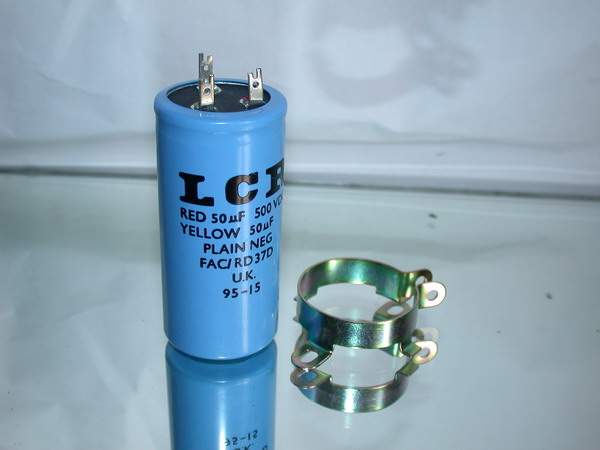I am looking to get some opinions about wiring a PT secondary for buck/boost. I am interested in the buck feature. Take an unused secondary winding and wire it in series
with the high voltage secondary to get a voltage reduction or a boost. This would be determined by the polarity of the smaller secondary. Lets say use a 5 Vac secondary.
It should reduce the voltage by 5 or boost by 5. What about if a 12 Vac secondary was used? What would be the stresses on the PT? With a full-wave rectifier the DC voltage should/would change by Vac X 1.414. Yes/No? Can it be made switchable? Forget this idea? Thanks.
with the high voltage secondary to get a voltage reduction or a boost. This would be determined by the polarity of the smaller secondary. Lets say use a 5 Vac secondary.
It should reduce the voltage by 5 or boost by 5. What about if a 12 Vac secondary was used? What would be the stresses on the PT? With a full-wave rectifier the DC voltage should/would change by Vac X 1.414. Yes/No? Can it be made switchable? Forget this idea? Thanks.
 Not good for the life of the tubes running on such a low heater voltage!
Not good for the life of the tubes running on such a low heater voltage!

 )
)


Comment